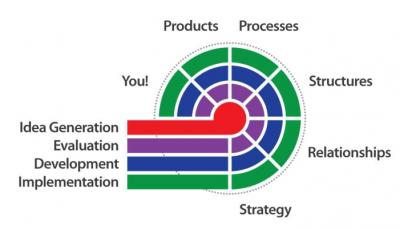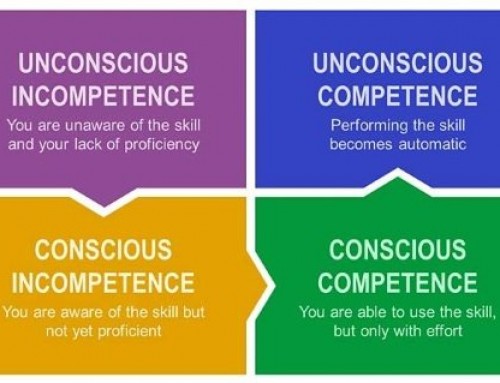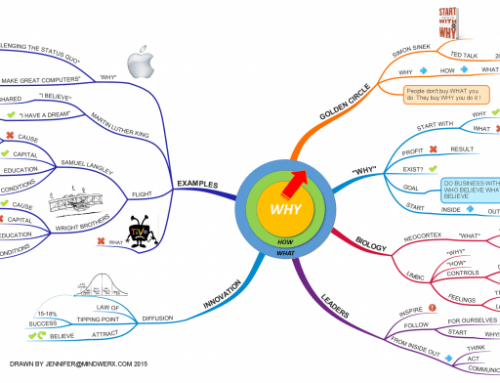Strategic Innovation
Innovation is Simple, but Not Easy! This is a lesson many people are now learning.
Having studied continuous improvement, creative thinking and innovation since the early 1980s, having read dozens of books and hundreds of articles and papers on these subjects, and having worked with over 100 organisations in the last 20 years, it is evident that while the concepts are simply explained, they are considerably harder to apply.
In my lecturing at Masters level for over a decade one assignment I gave my students (most very smart entrepreneurs) was based around the simple question ‘Is innovation important to business today?’. Of course the answer was always yes, so the assignment I would give was:-
So if innovation is important, what is it? How is it defined, what does it looks like, how do you achieve it, and how could you be more innovative in your own situation, business etc? The task is to scan and research broadly on the subject and write a properly referenced 2500 word report on what you learn – not what you find, but what you learn.
Of course as soon as students started their study they quickly realised that in the more than 50 articles and other references I gave them to start their research there were many and varied views on what innovation is and how to achieve. I also challenged them to explain the differences between creativity, invention, and innovation which opened up an even bigger can of worms.
I enjoyed giving this assignment and reading the papers handed in, and I know most of my students got a lot of value from it – even if at times it was a challenge to do. I expect that most would have committed more than 50 hours to this one effort, which is more than most CEOs and even Chief Innovation Officers might do.
So innovation is Simple, but Not Easy… How do we explain this?
The image below is a start, and you need to imagine it growing from the centre of the target out. Imagine first a ? mark, then a Red Circle as the centre of the target. From there the four stages work outwards – Idea generation, Evaluation, Development, Implementation.

- First we have a need, something or somewhere that creative thinking and innovation might be useful. These areas of opportunity could come from systemic problems or weaknesses in a business, changing customer demands or competitor offerings, or advancements in technology or the field a business is in. Every business has strategic challenges and the better these are understood the greater the opportunity for innovation.
- From identified needs comes the Focus for the creative and innovation effort. The key is to go beyond the need to target those areas that if they were significantly improved or innovated would advance the organisation’s strategy. This is a vital stage in the innovation process, as it allows people to know where thinking and action is required. It is amazing how many business leaders say they want more creativity and innovation, but cannot explain why they want it and where they want their people to focus.
- Next comes Idea Generation, the stage most associated with creativity and innovation. In fact, if effort has been well focused, this is often the easiest of the stages, and will generally result in many ideas – some new and useful, some needing development, some provocative and challenging. The key here is to go beyond the usual thinking and this is where Deliberate Creative Thinking techniques used by skilled and motivated people are a huge advantage.
- Some preliminary Evaluation is now needed to highlight the more useful ideas that will always require some development effort. The key challenge here is not to assess ideas as ‘Good’ or ‘Bad’ as most often any creative or innovative thinking will be easily seen as unworkable and rejected. Understanding that ideas need to be effectively harvested and developed is crucial to successful innovation, so looking at ideas from different perspectives is important.
- The Development of ideas into outcomes, designs, strategies etc is usually the most challenging stage. Here ideas are combined, moulded, shaped, added to, simplified, integrated and more, until a result is achieved. And that result almost always requires more creative thinking – for example an innovative process might develop a potential new product or service, but then creative thinking may be required to fund its development, to reach a new or existing market, or streamline the manufacturing or distribution processes. One innovation will often create a new need for more innovation.
- Implementation is the name of the game, and some writers on innovation insist that unless a new product, service, strategy etc is successfully implemented it is not a real innovation. Of course others disagree with this view, believing that if something new has apparent value it is classed as innovative – but may need more effort (as I described above) to be successfully implemented. Indeed sometimes the timing isn’t right and what is not needed today, will be a massive success in years to come.
So there it is – a simple 6 stage approach to innovation. And as shown in the image above, creative and innovative effort can be applied to many areas.
- Strategies – for your success, however that is defined.
- Relationships – with customers, suppliers, colleagues, staff, the community and even your family.
- Structures – how you position yourself for long term success. Most organisation are still structured along military lines designed 150 years ago.
- Processes – what you do, how you operate, the work being done, from administration to production and operations, to sales and marketing. Every process can be improved and some really need innovation.
- Products – this is the easy type of innovation for people to understand, and it applies to products and services, from brand new widgets to extensions of already successful products.
- You – this is an area that many people struggle with – re-inventing themselves. And yet in today’s rapidly changing world, with an aging population, the need and ability for individuals to adapt is crucial.
So Innovation is Simple, but Not Easy!
That is it is simple to explain, simple to write about, simple to extol your people on, simple to request, and often simple to recognise when it seemingly springs onto the scene. But deliberately focussing effort to achieve the right innovation when and where you need or want it is not easy. It requires leadership, study, analysis and creative thinking to advance – and perseverance and boldness to implement.
Most organisations and people wait for innovation to happen, for things to change and then they swing into action – sometimes willingly, but most times with resistance.
For those that watch trends carefully, do some scenario planning, and are willing to test, trial and take risks in order to change quickly, the waiting for new innovation approach has many advantages. But of course few organisations even do this, most react only when they are under pressure.
For those companies that strategically focus their innovation effort, skill their people in creative thinking techniques, allow time and space for innovative effort, develop processes to generate and develop ideas, and who implement quickly are the leaders in innovation.
Strategic Innovation is a game changing approach to business, as the strategic thinking guru Peter Drucker said “There are only two functions in business – marketing and innovation.” And in my view both require creative thinking.
Where does your organisation lay? Are you talking about it, or doing it?
Wherever you are I wish you success, and please let me know if I can help in some way.
Bill Jarrard







Leave A Comment
You must be logged in to post a comment.